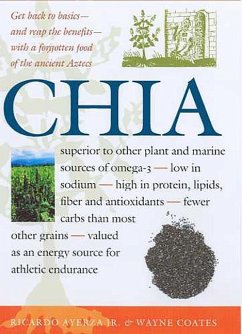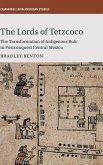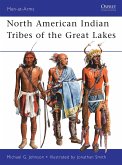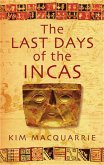One of the four main Aztec crops at the time of Columbusas arrival in the New World, chia is now a forgotten food of the Americas. Chia seed oil offers the highest omega-3 fatty acid content available from plants, but today this species is known only for its use in "chia pets." Yet pre-Columbian civilizations used chia as a raw material for medicines and nutritional compounds, while chia flour could be stored for years as a food reserve and was valued as a source of energy on long journeys. In this book, agronomist Ricardo Ayerza and agricultural engineer Wayne Coates trace the long and fascinating history of chiaas use, then reveal the scientific story of the plant and its modern potential. They compare fatty acid profiles of chia with our other major sources--fish oil, flaxseed, and marine algae--and provide evidence that chia is superior in many ways. Here are just some of the benefits that chia provides: - chia has the highest known percentage of alpha-linolenic acid, and the highest combined alpha-linolenic and linoleic fatty acid percentage of all crops - chia has more protein, lipids, energy, and fiberabut fewer carbsathan rice, barley, oats, wheat, or cornaand its protein is gluten-free - chia is an excellent source of calcium, phosphorus, magnesium, potassium, iron, zinc, and copper - chia is low in sodium: salmon has 78 times as much, tuna 237 times as much - chia exhibits no evidence of allergic response, even in individuals with peanut and tree-nut allergies - chia doesnat give off a afishy flavor, a unlike some other sources of omega-3 fatty acid The need to balance the essential fatty acid content of the human diet, combined with the need for asafe, renewable, omega-3 fatty acid source, positions chia to become one of the worldas important crops. As this insightful study shows, current nutritional understanding provides an excellent opportunity to reintroduce this important food to the world.








